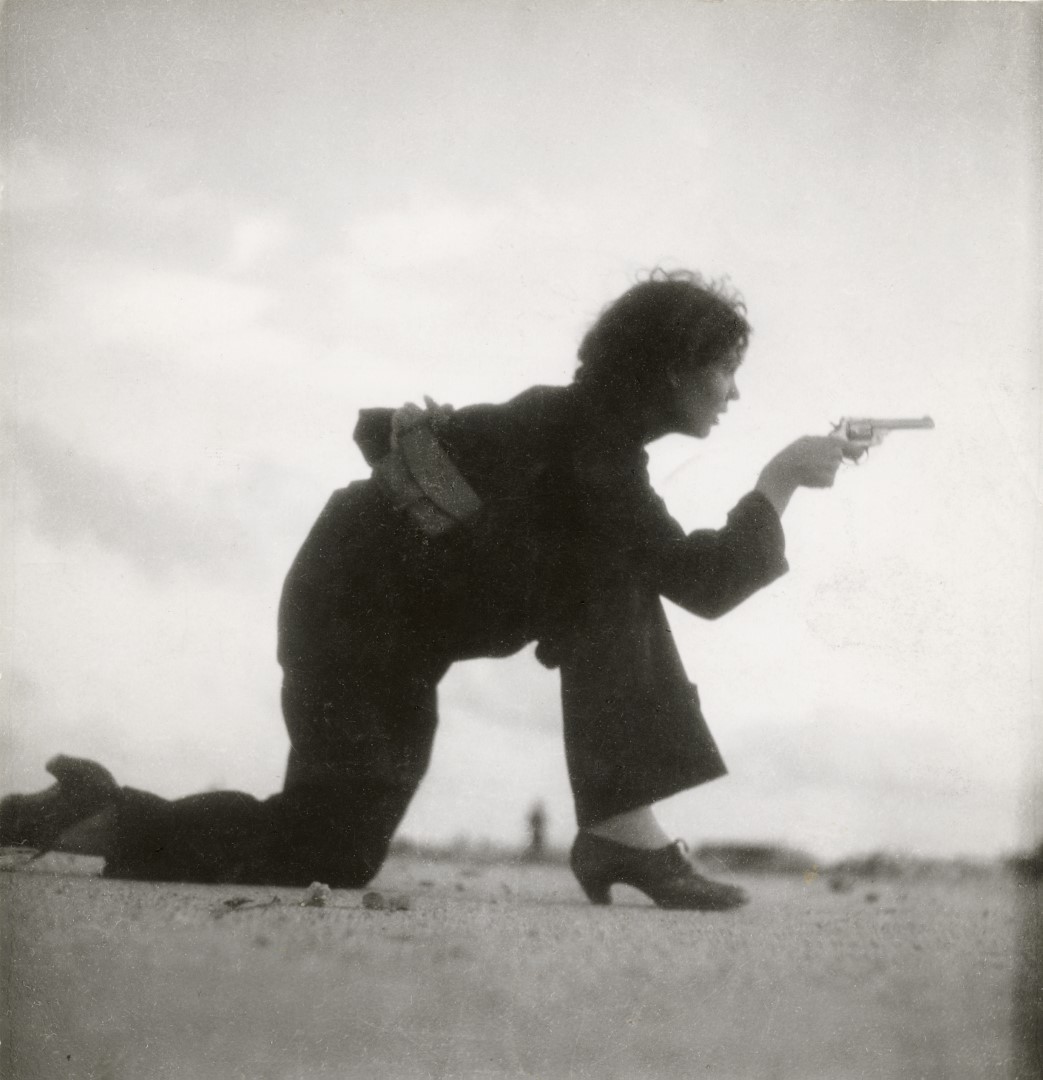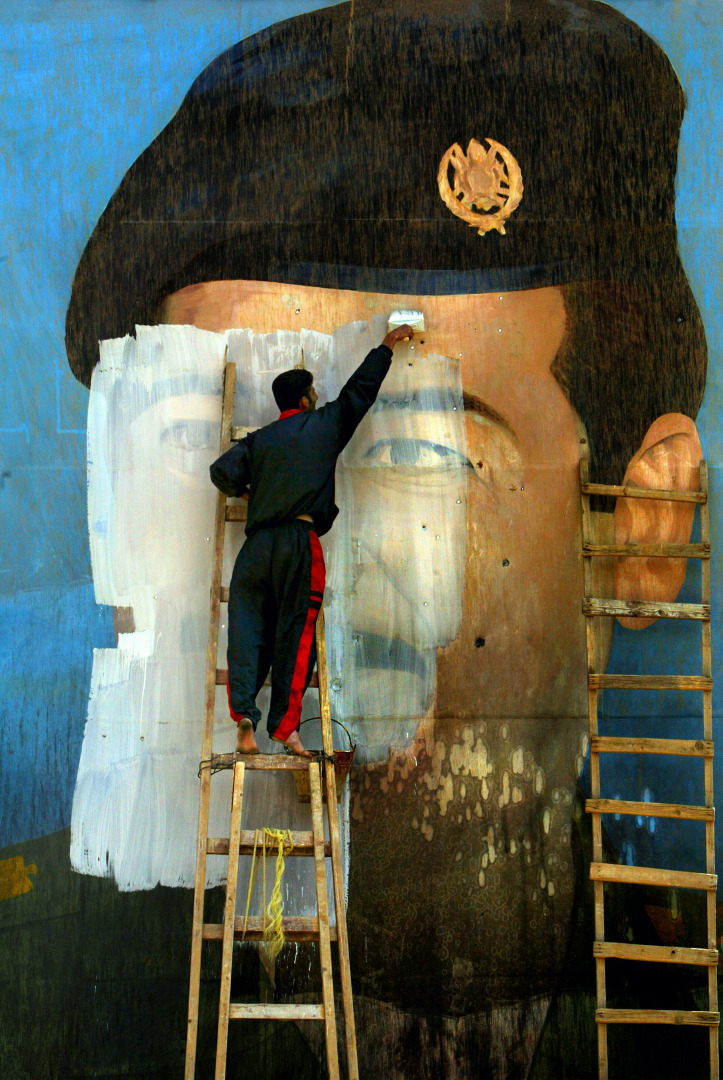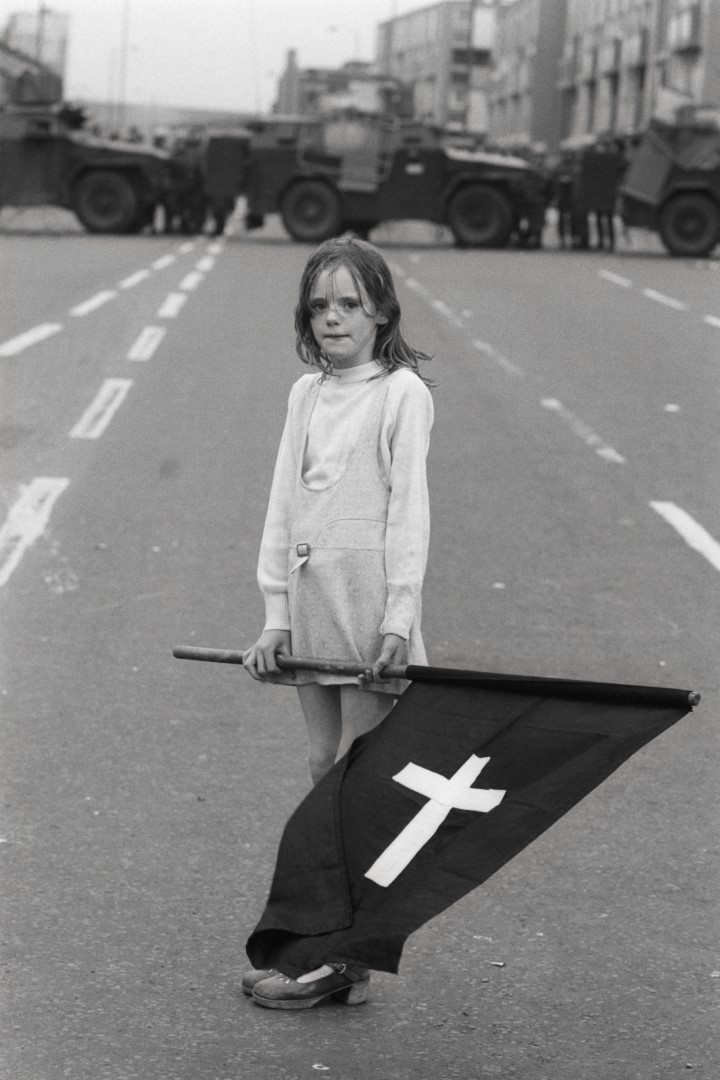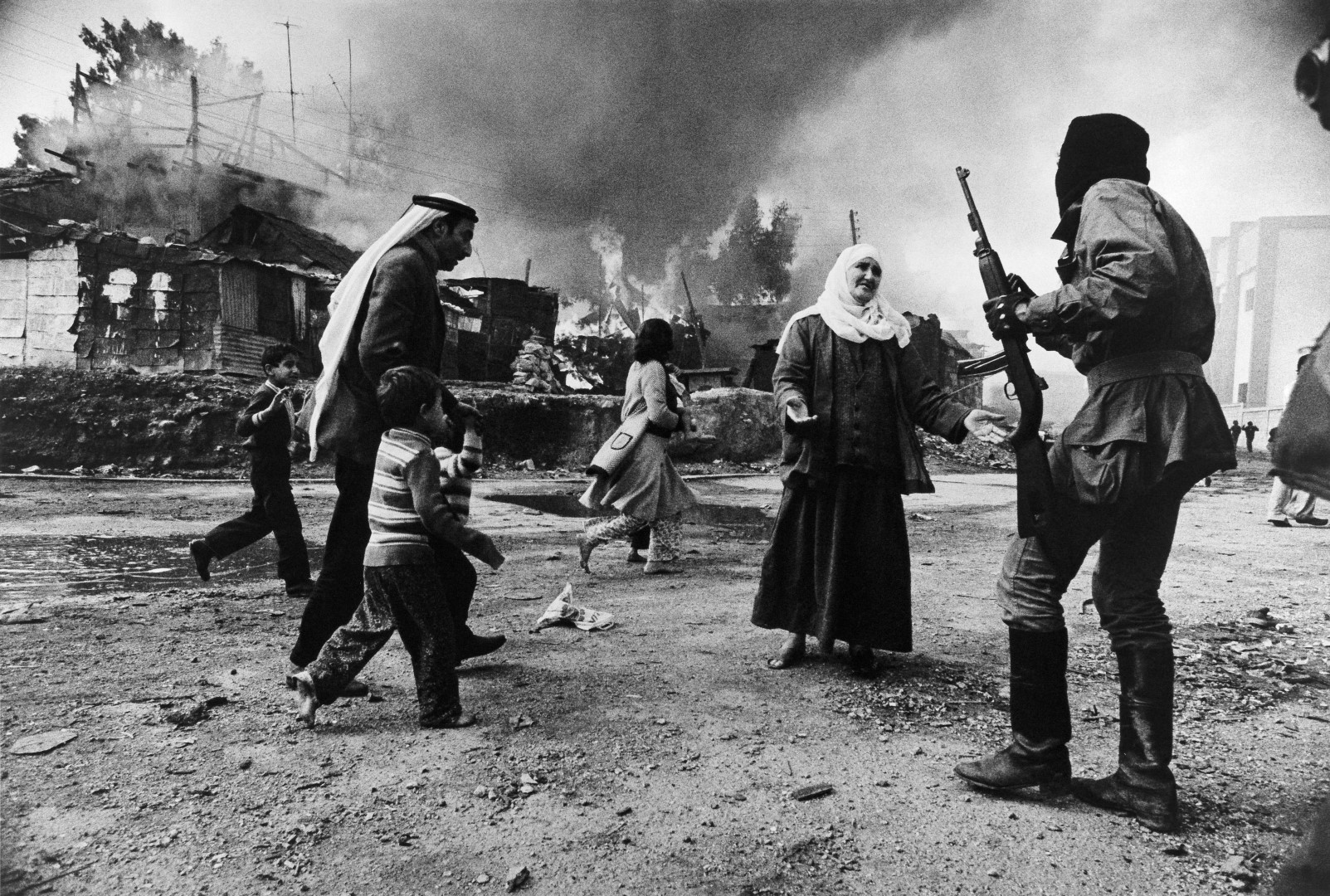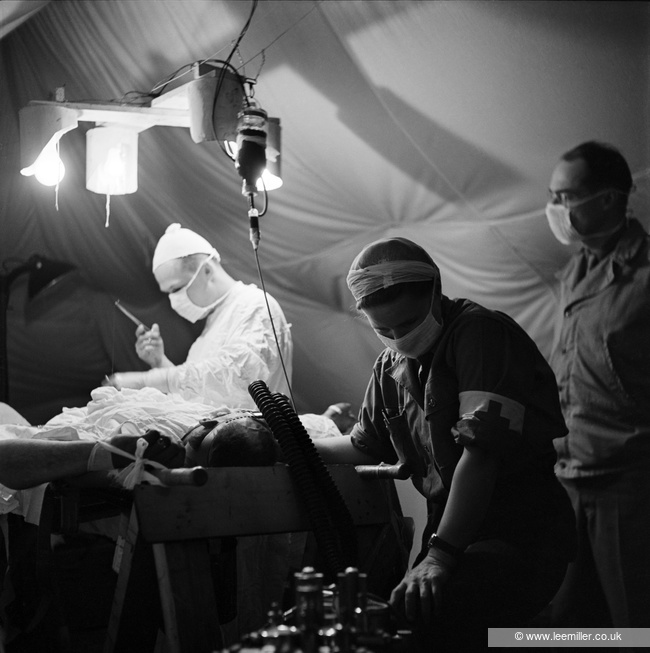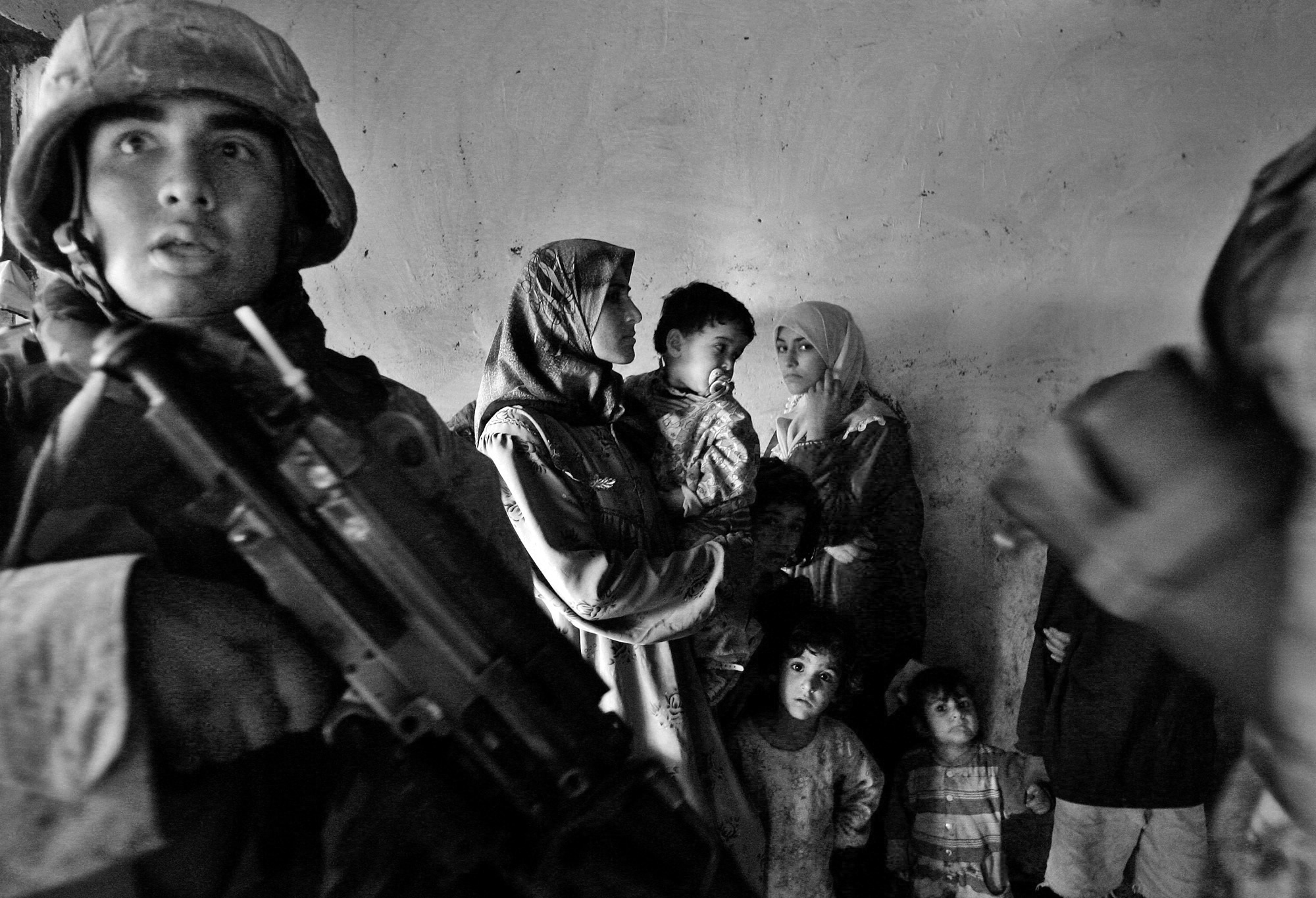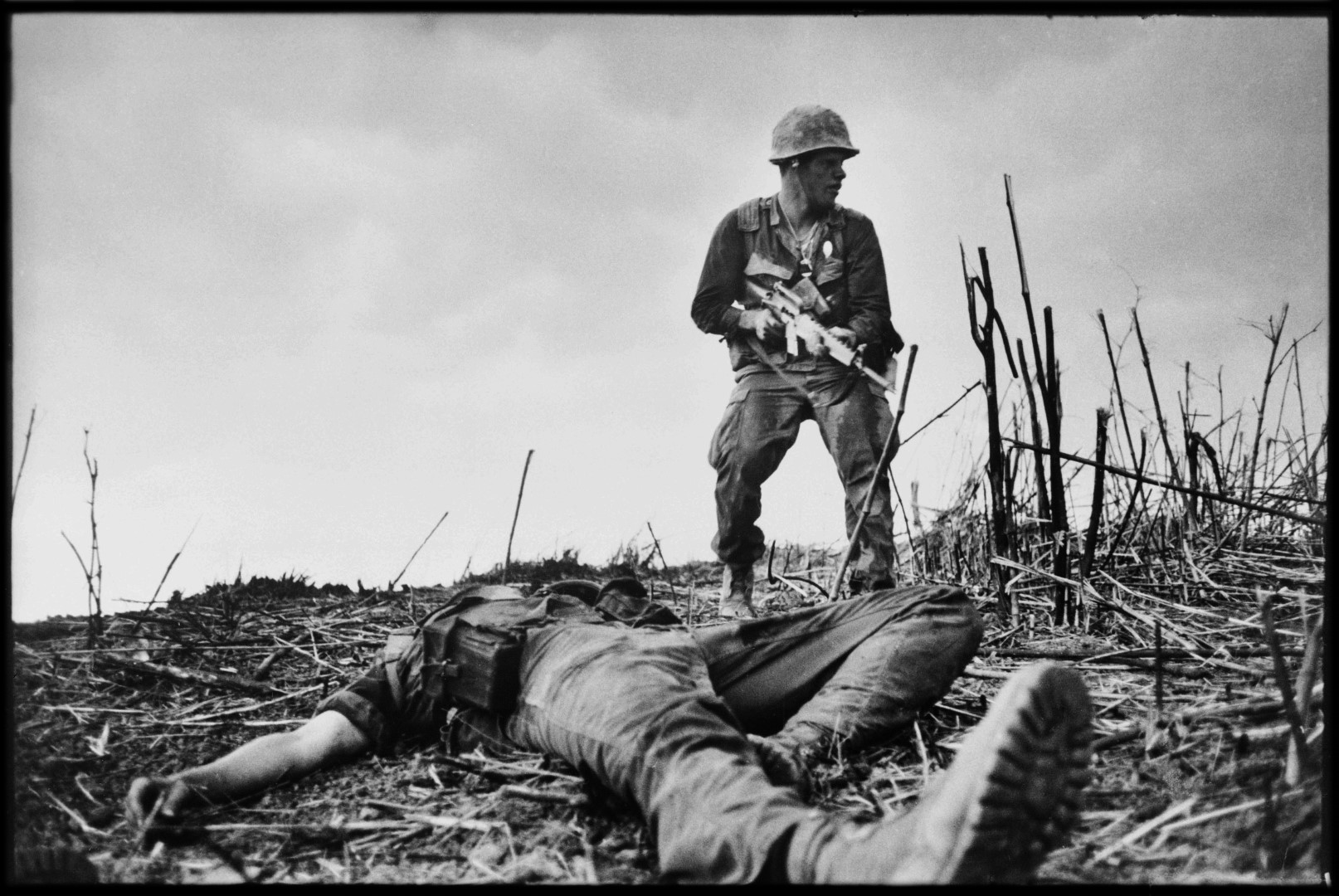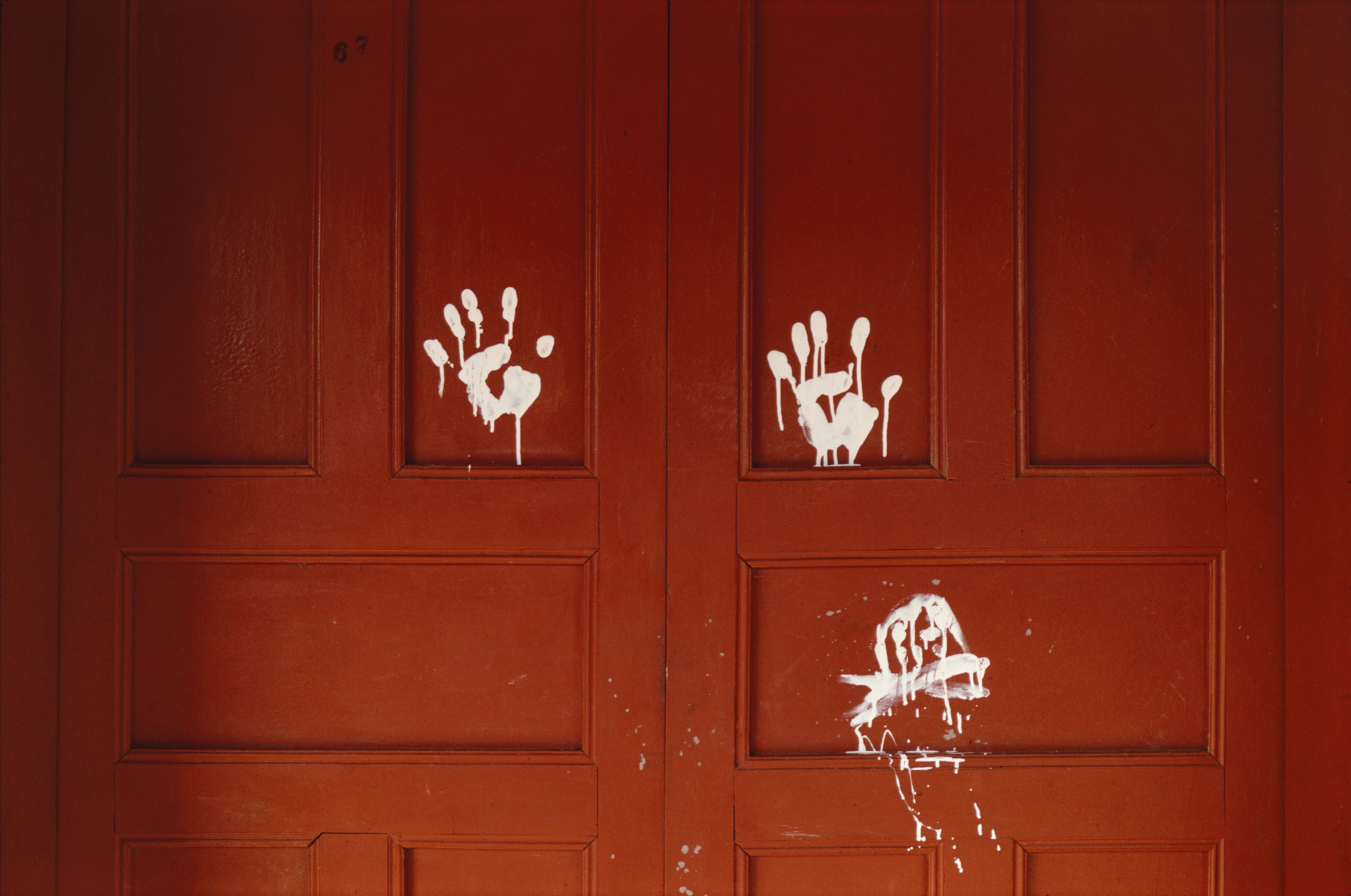In de tentoonstelling zijn foto’s te zien van Lee Miller (1907–1977), Gerda Taro (1910–1937), Catherine Leroy (1944–2006), Christine Spengler (geb. 1945), Francoise Demulder (1947–2008), Susan Meiselas (geb. 1948), Carolyn Cole (geb. 1961) en Anja Niedringhaus (1965–2014).
Naast het omverwerpen van het stereotype beeld van de oorlogsfotograaf, wordt aan de hand van het werk van deze fotografen de opkomst, de ontwikkeling en de impact van oorlogsfotografie belicht. Door de geschiedenis heen is het fotografen gelukt de oorlog terug te brengen tot individueel leed en lef, waardoor de buitenwereld zich kan verplaatsen in het conflict en compassie kan voelen. De impact van oorlogsfotografie heeft meer dan eens de publieke opinie doen kantelen wat betreft democratie en de schending van mensenrechten.
‘Just treat me like one of the boys’ is a revealing statement by photographer Lee Miller, referring to the time when she travelled through Germany with the Allied troops and witnessed the liberation of the concentration camps. Although women photographers have always been present on the front lines, their work has largely remained invisible. This has nothing to do with their talent and drive but is due to the belief that women have no place in conflict zones.
Since the first reporting on war, not much has changed in the perception of female presence in conflict zones. This is evident from the fact that many photo editors still prefer not to send women to conflict areas. Female photographers have to work harder to obtain accreditations and are often responsible for their own safety on site.
Through this exhibition, we hope to contribute to the recognition that these photographers deserve by showing their work, sharing their personal experiences and interpreting the impact of their images. Although their photographs have been published in international publications such as Life magazine, Le Monde and The New Yorker and they have won awards such as the Robert Capa Medal for ‘exceptional courage and enterprise’ and the World Press Photo Award, not all of these photographers are known to the general public.
Despite their published work and awards, the photographers featured in the exhibition have long been denied recognition for their valuable contribution to conflict reporting. Take Catherine Leroy. During the Vietnam War, Leroy surpassed all other photographers by putting herself in the thick of the action, whether it meant jumping out of a helicopter or crawling on the ground. This is how she managed to get close-up images of the faces of young American soldiers. Despite her exceptional photography, it is only the names of male colleagues that come up when you google Vietnam War photography. Another example is Gerda Taro. Knowing that her work would sell better under the name of her partner, Robert Capa, she had many of her photos published under his name rather than her own. It is only recent research that has revealed how much greater her contribution was.
The exhibition presents the work of eight photographers working in war zones around the world, from the Spanish Civil War to Afghanistan. The photographers are exhibited chronologically, with separate displays for each photographer. The exhibition was curated by Felicity Korn from Kunstpalast Düsseldorf, Germany, and Anne-Marie Beckmann (director of Deutsche Börse Photography Foundation). The exhibition was previously shown at Fotomuseum Winterthur and the Musée de la Libération in Paris.
The exhibition is accompanied by a catalogue, Women War Photographers: From Lee Miller to Anja Niedringhaus, published by Prestel with contributions from curators Anne-Marie Beckmann and Felicity Korn. The catalogue has already sold out.
The exhibition is organised by Kunstpalast Düsseldorf.
The exhibition and programme is supported by the V-Fonds and ASN Bank.



